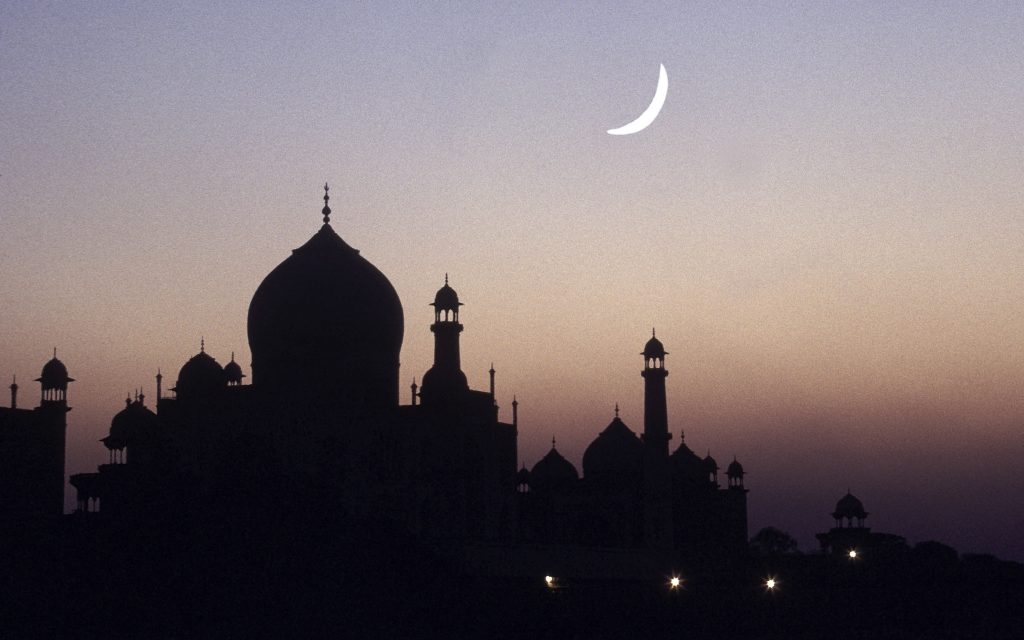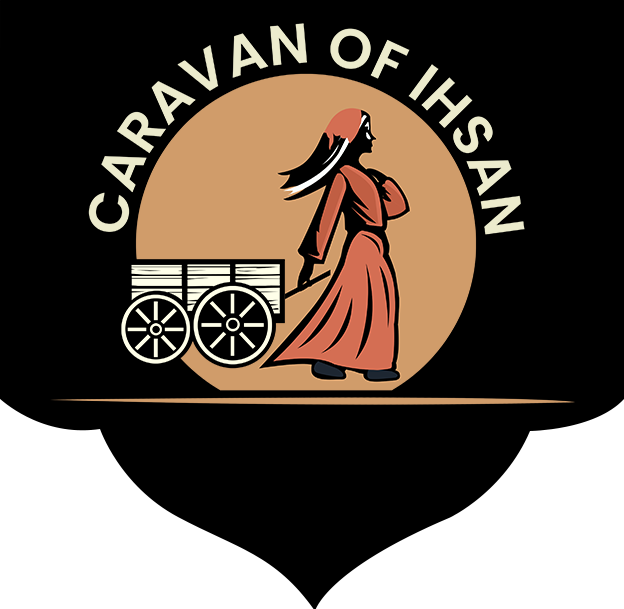
The age of Aisha, the wife of Prophet Muhammad, at the time of their marriage has been a subject of contentious debate. Popular narratives often claim she was six years old at the time of her betrothal and nine at the time of her marriage. However, an in-depth theological, historical, and cultural analysis challenges this assertion, positing that Aisha was in fact over the age of 18 when she married Muhammad. This essay aims to present compelling arguments to support this perspective, underscoring the importance of equipping Muslims with accurate historical knowledge to counteract baseless claims used to malign the Prophet Muhammad and Islam.
Argument 1: Historical Context and Evidence
One of the principal pieces of evidence comes from historical context and the examination of hadith (sayings and actions of the Prophet) literature. The narrative of Aisha’s age comes primarily from Sahih Bukhari, yet there is significant historical and narratological evidence suggesting discrepancies and inconsistencies within the hadith collection. Reevaluating the accounts of Aisha’s age by cross-referencing other historical documents and hadith, scholars like Dr. Asma Barlas and Dr. Mohammad Akram Nadwi highlight the potential for reinterpretation. By placing hadith in the broader context of 7th-century Arabian society, where oral traditions could vary in accuracy over time, the argument that Aisha was older gains credibility.
Argument 2: Aisha’s Intellectual and Social Stature
Aisha’s intellectual contributions and social stature provide another compelling proof of her mature age at marriage. Aisha is one of Islam’s most revered figures, known for her profound knowledge of Hadith, Islamic law, and her participation in significant Islamic events. Her narrations constitute a substantial portion of the Islamic hadith corpus, and she was an essential figure in educational and social reform within early Islam. The depth of her intellectual and social engagements suggests a level of maturity and experience unlikely to be found in a child. This indicates that Aisha was much older, likely an adult, at the time of her marriage to Muhammad.
Argument 3: Analysis of Historical Personalities’ Ages
Another argument examines the age of contemporaneous historical figures and their activities.
Using historical analysis, scholars point to the ages of other notable figures in Islamic history at
the time of their notable achievements, suggesting a pattern that aligns more coherently when
assuming Aisha was an adult at the time of her marriage. For instance, the participation of
Aisha in the Battle of the Camel presumes a level of physical and strategic capability not
associated with a young child, further corroborating her mature age.
Conclusion
The claim that Aisha was a child at the time of her marriage to Prophet Muhammad lacks strong foundational support when subject to rigorous historical, theological, and cultural scrutiny. By reconsidering the narratives surrounding Aisha’s age, evidence emerges that she was likely over 18 and an adult by the standards of her time. This reevaluation not only contributes to a more nuanced understanding of Islamic history but also arms Muslims with knowledge to challenge the baseless allegations used by some critics of Islam. When faced with accusations intended to paint the Prophet Muhammad in a negative light, Muslims can refer to a well-substantiated argument that Aisha was not a child bride, thereby countering attempts to defame one of the central figures of their faith.


